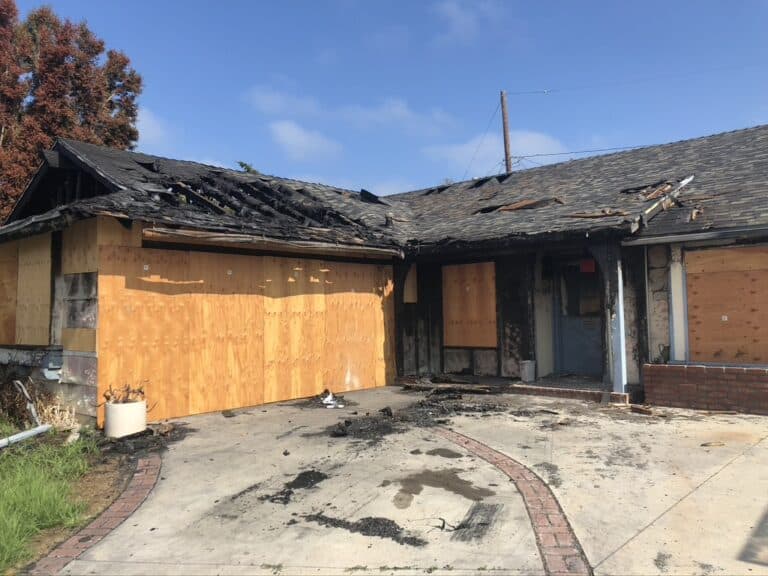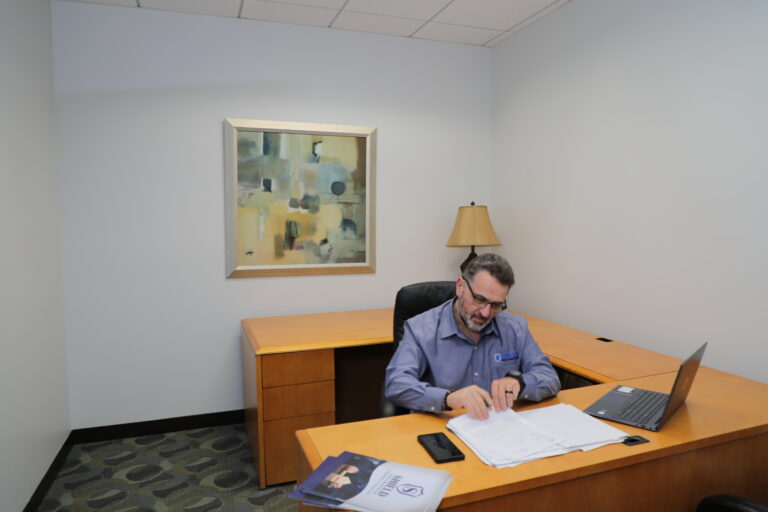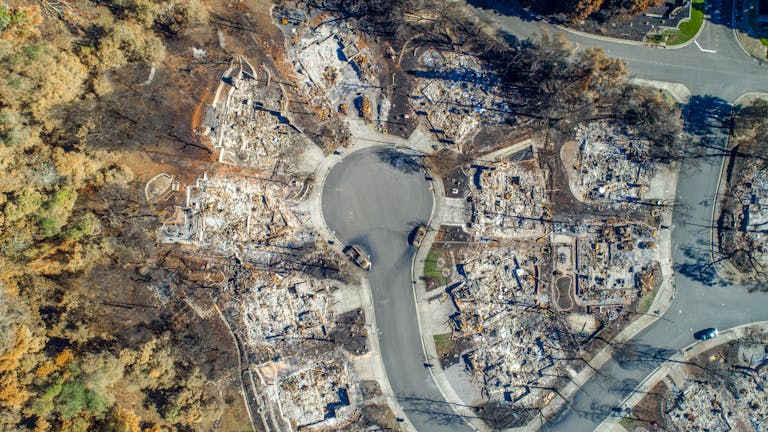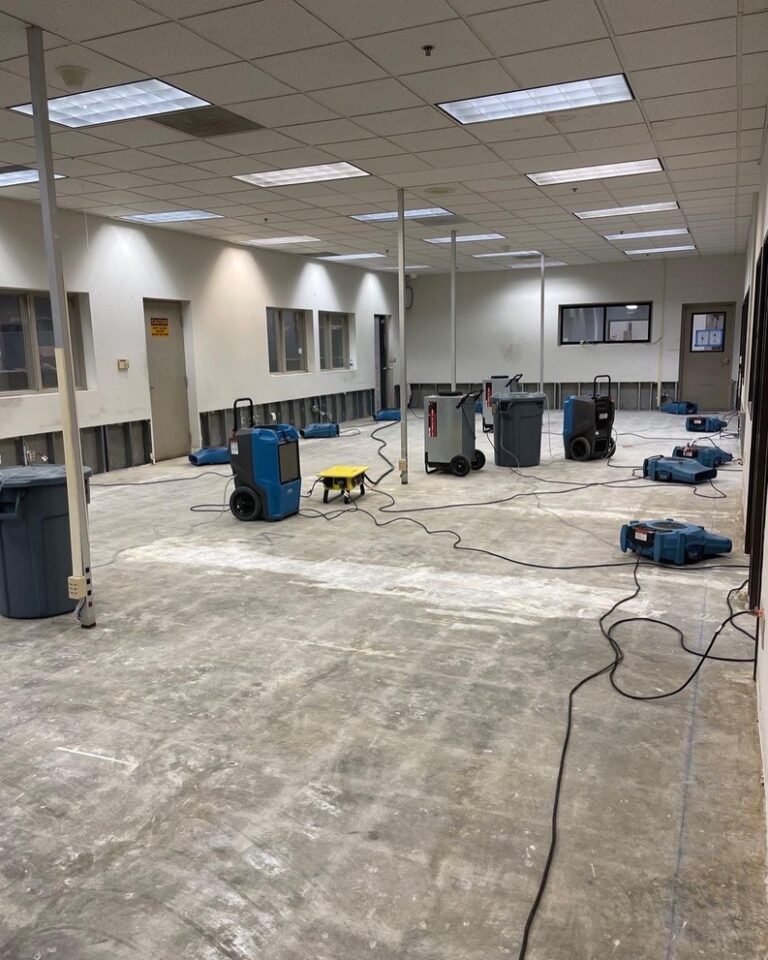What Does Homeowners Insurance Really Cover?
Homeowners insurance is essential for protecting one of your most valuable investments—your home. However, understanding what it actually covers can be confusing for many property owners. From natural disasters to personal liability, coverage options vary widely depending on your specific policy. Without the right coverage, you could face serious financial losses in the event of damage or disaster. In this guide, we’ll break down the different types of homeowners insurance and what each one typically includes, so you can feel confident in your protection.
Why Homeowners Insurance Matters
Homeowners insurance matters because it protects both your property and your financial stability when unexpected events occur. Your home isn’t just a building—it’s where your family builds memories and finds comfort, so protecting it should be a priority. Imagine coming home from vacation to find a pipe burst while you were away, flooding your kitchen and damaging your flooring and appliances. Without insurance, the repair costs alone could set you back tens of thousands of dollars. But with the right policy, you’d have the support to repair the damage and recover faster. Homeowners insurance also offers peace of mind by covering personal liability—like if a guest trips on your front steps and gets injured. Ultimately, it’s about knowing you’re protected when life throws the unexpected your way.
The Most Common Types of Homeowners Insurance Policies
HO-1
An HO-1 policy is the most basic type of homeowners insurance. It only protects your home against specific events, called “named perils,” that are clearly listed in the policy. Think of named perils like a checklist—if something happens that’s on the list, your insurance helps cover it. These events usually include things like fire, theft, or lightning. But if something happens that’s not on the list, like a flood or earthquake, an HO-1 policy won’t cover the damage.
HO-2
An HO-2 policy is a step up from HO-1 because it protects both your home and your belongings from a longer list of specific dangers, like falling objects, frozen pipes, or damage from the weight of snow. Just like HO-1, it still only covers things listed in the policy, but the list is bigger. HO-2 is often used for mobile homes because they’re more vulnerable to certain types of damage, like strong winds or hail, and this policy covers more of those risks. Imagine you’re camping with a tent—if it’s outside during a storm, it needs extra protection. That’s kind of like why mobile homes need an HO-2 policy instead of the very basic HO-1.
HO-3
An HO-3 policy is the most common type of homeowners insurance because it gives more protection than HO-1 or HO-2. Instead of only covering a list of problems, it protects your house from almost anything—unless the policy says it’s not covered. That means if something unexpected happens, like a tree falling on your roof, you’re usually protected. People like HO-3 because it covers both the home and the stuff inside, like furniture, clothes, and toys. It’s like having a big umbrella that keeps both your house and your favorite things safe from most surprises.
HO-4
An HO-4 policy, also known as renter’s insurance, is designed for people who rent a home or apartment. It doesn’t cover the building itself—just your personal belongings like clothes, electronics, furniture, and kitchenware. One common misunderstanding is thinking your landlord’s insurance will protect your stuff, but it only covers the building, not what’s inside your unit. It’s similar to renting a car—if you leave your laptop in it and the car gets broken into, the car insurance might fix the window, but not replace your laptop. That’s why renters need an HO-4 policy to make sure their belongings are protected from theft, fire, or other damage.
HO-5
An HO-5 policy offers even more protection than an HO-3, making it one of the most complete types of homeowners insurance. While an HO-3 only covers your belongings for specific dangers, an HO-5 covers both your home and your belongings for almost anything—unless it’s clearly excluded. That means things like lost jewelry or accidental damage may be covered under HO-5 but not under HO-3. It’s like having a phone plan with unlimited everything instead of just talk and text—you’re covered in more situations. HO-5 is common for newer or high-value homes, but not usually for mobile homes, because mobile homes often need more specific types of coverage like those found in an HO-2 policy.
HO-6
An HO-6 policy is made for people who live in condos or co-ops, where they own just part of a building instead of the whole structure. This insurance covers the inside of your unit—like walls, floors, and your personal belongings—not the entire building. The condo association usually handles the outside and shared spaces, like the roof or hallways. It’s kind of like owning your bedroom in a big house while sharing the kitchen and living room with others—your HO-6 policy protects what’s inside your room, while the rest is covered by someone else. That’s why HO-6 is the most common policy for condo and co-op owners.
Understanding Your Policy’s Structure
Understanding your homeowner’s insurance policy can feel overwhelming, but breaking it into sections makes it much easier to grasp. Most policies are divided into two main parts: Property Coverage and Liability Coverage. Each section serves a different purpose—one protects your physical home and belongings, while the other protects you from legal and financial responsibility if someone gets hurt on your property. Knowing what each section covers helps you avoid surprises when it’s time to file a claim. Let’s take a closer look at what each part includes:
Section One – Property Coverage
- Coverage A – Protects the structure of your home and anything physically attached to it, like a garage or deck.
- Coverage B – Covers structures not attached to your home, such as a detached garage, tool shed, or fence.
- Coverage C – Pays for personal belongings like furniture, clothing, electronics, and appliances.
- Coverage D – Helps with extra living expenses if your home becomes unlivable due to covered damage. Like staying in a hotel while repairs are made.
Section Two – Liability Coverage
- Personal Liability – Protects you if someone is injured on your property and decides to sue, covering legal fees and damages.
- Medical Payments to Others – Helps pay medical bills for minor injuries that happen on your property, even if it wasn’t your fault.
What Your Policy Might Not Cover
Even the most comprehensive homeowners insurance policy doesn’t cover everything. Common exclusions include damage from earthquakes, floods, and sewer backups—these usually require separate policies. For example, if a flood from a heavy rainstorm ruins your new gaming setup in the basement, your standard policy likely won’t cover it unless you’ve added flood insurance. Policies also tend to exclude wear and tear, pest damage, and neglect. Knowing these gaps helps you plan ahead and avoid major out-of-pocket surprises.
You can find a quick overview of what your homeowners insurance covers by looking at the declaration page of your policy. This page is usually located at the very beginning of your insurance documents. It lists important details like the type of coverage you have, the coverage limits, your deductible, and any extra endorsements you’ve added. Think of it like a summary sheet that shows you what’s protected and how much it’s protected for.
Why You Should Review Your Coverage
Reviewing your homeowners insurance coverage regularly is essential to making sure you’re truly protected. A common mistake is assuming that a “broad” policy like an HO-3 or HO-5 covers absolutely everything. For instance, a homeowner might upgrade their kitchen with high-end appliances and assume their policy automatically covers the new value—only to discover after a fire that their personal property limits weren’t updated. Even with strong coverage, there can be caps on how much is paid out for certain items. That’s why reviewing your policy helps you stay aware of what’s included and what needs adjusting. Life changes, renovations, or big purchases can leave you underinsured if you don’t update your policy. Taking the time to review it means fewer surprises and more confidence when something unexpected happens.
Get Expert Help Understanding Your Policy Today
Understanding your homeowners insurance policy isn’t just a smart move—it’s a necessary one. Knowing exactly what’s covered, what’s not, and how your policy is structured can make all the difference when disaster strikes. Whether you’re a new homeowner or have had the same policy for years, taking the time to review your coverage could save you thousands in unexpected costs. Don’t wait until it’s too late to find out where your protection falls short. Contact Shield Public Adjusters for help with policy review or claim guidance. Get clarity, peace of mind, and the compensation you’re entitled to.







